Award-Winning and Outlandish E-Motorcycle Concept Folds to Luggage-Like Dimensions
The wave of electrification has completely transformed the two-wheeler world, inspiring designers to create machines that are smaller, quicker, and cleaner than ever before.
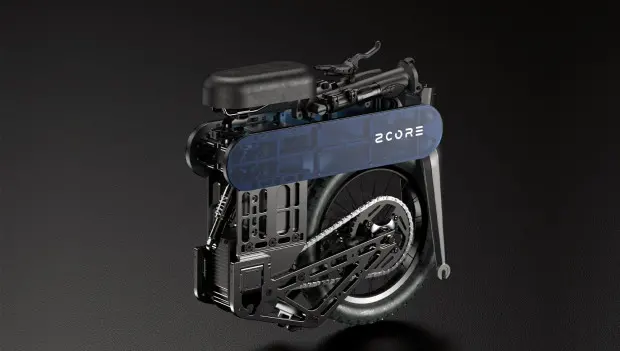
With the rise of electric mobility, the motorcycle industry has seen an explosion of innovative ideas — each one aiming to be more compact, agile, and eco-friendly than the last. Yet, few concepts stand out quite like this one, which recently earned the prestigious 2025 iF Design Award.
Meet the TinyCase, a foldable electric motorcycle developed in China with a global audience in mind. At first glance, it’s hard to judge its size from the renderings, but make no mistake — this is a real motorcycle, not a toy. What sets it apart is its ability to fold down into something roughly the size of a carry-on suitcase.
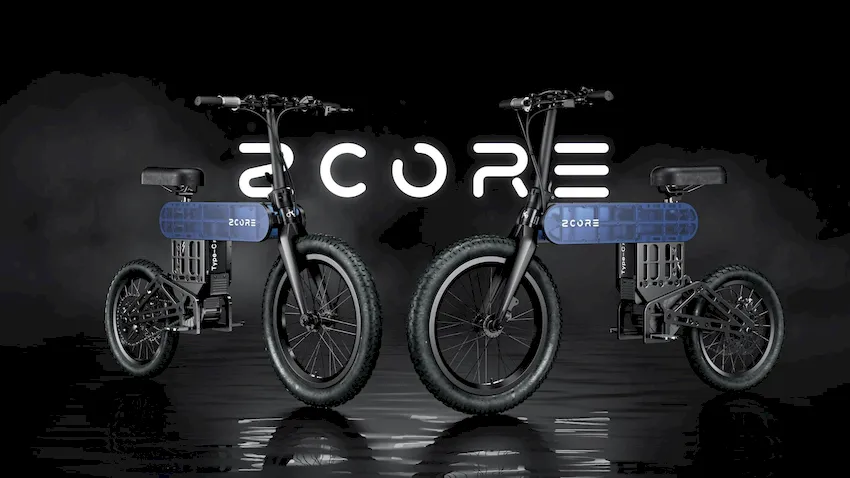
That’s right — the TinyCase can shrink to a fraction of its full size, making it easy to transport almost anywhere. Elevators, buses, car trunks, subways, trains, even airplanes — all become fair game once the bike is folded. Its name isn’t just clever marketing; it literally fits the description.

The team behind it, Zcore Vala Box, engineered the frame using a mix of materials and modern manufacturing techniques to keep the total weight down to just 18.6 kilograms (41 pounds) — lighter than many e-bikes currently on the market. Remarkably, that’s for a motorcycle-class vehicle.
The TinyCase also features a weldless frame, which helps cut down on weight and could make repairs much simpler. Though Zcore hasn’t revealed how the frame is held together, it’s likely assembled using a slide-lock or bolt-and-screw system.
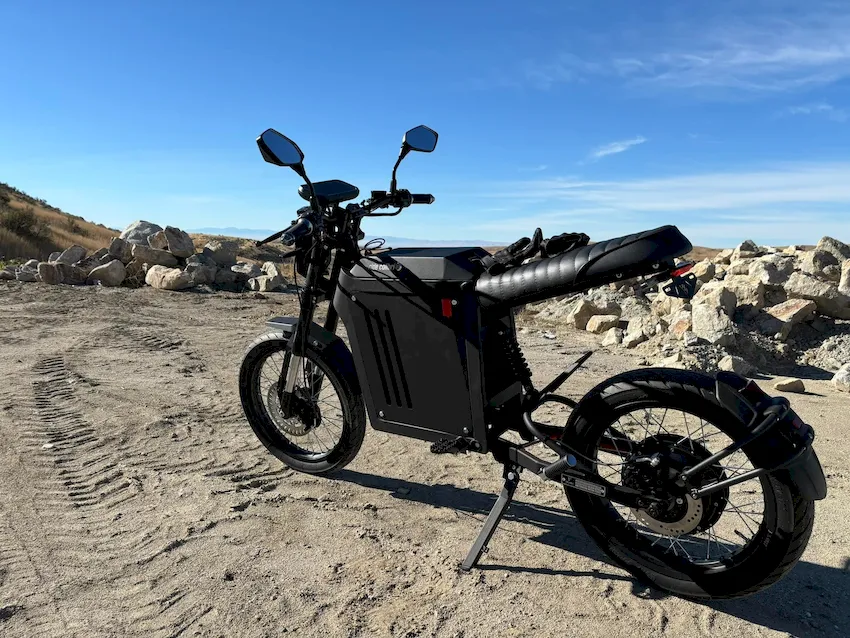
If you look closely at its design, you’ll notice a familiar e-bike vibe. The front end, for instance, strongly resembles that of Engwe’s Engine Pro 3.0 Boost model. The steering column folds neatly above the fork crown, and the handlebars tuck in over the blue section of the frame. While the fork stays in place, the front wheel must be removed for the bike to achieve its fully folded configuration.
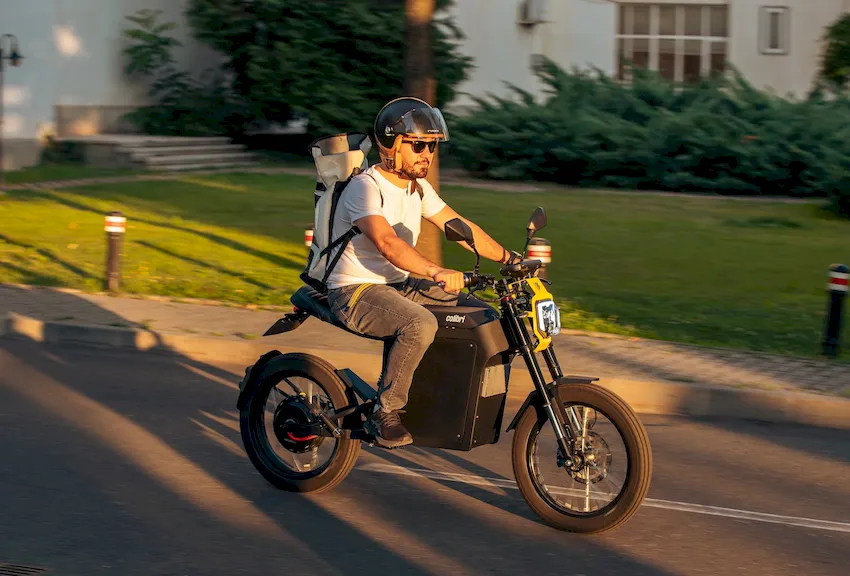
At the rear, that metallic black housing beneath the frame contains the battery and motor. Details like power output and range remain undisclosed, but the TinyCase uses a mid-mounted motor that delivers power to the rear wheel via a chain drive — a setup that balances efficiency and performance.
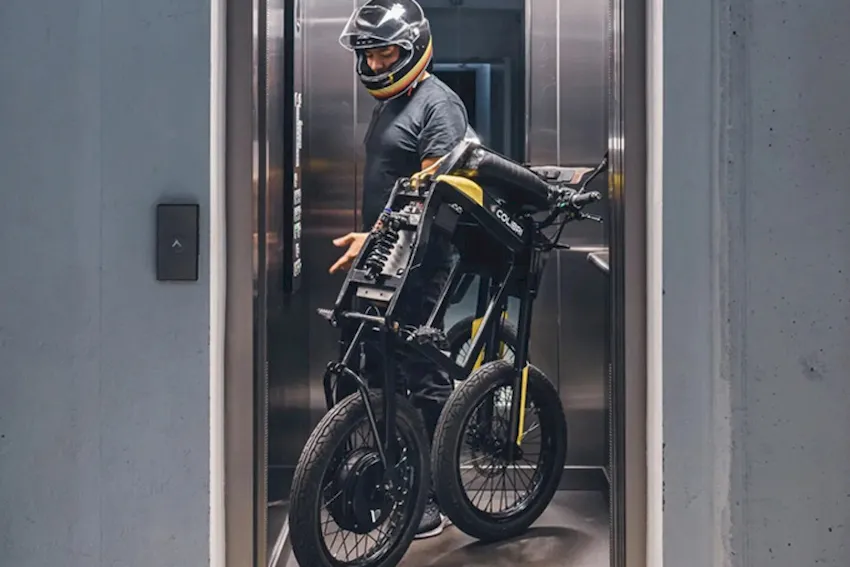
The real magic, however, happens at the swingarm. This component literally swings forward, folding the rear wheel under the frame. It’s a clever mechanism reminiscent of the Colibri M22, a compact motorcycle I’ve seen in action myself. According to the available images, the folding process involves detaching the rear shock, pivoting the swingarm forward, and locking it securely in place.
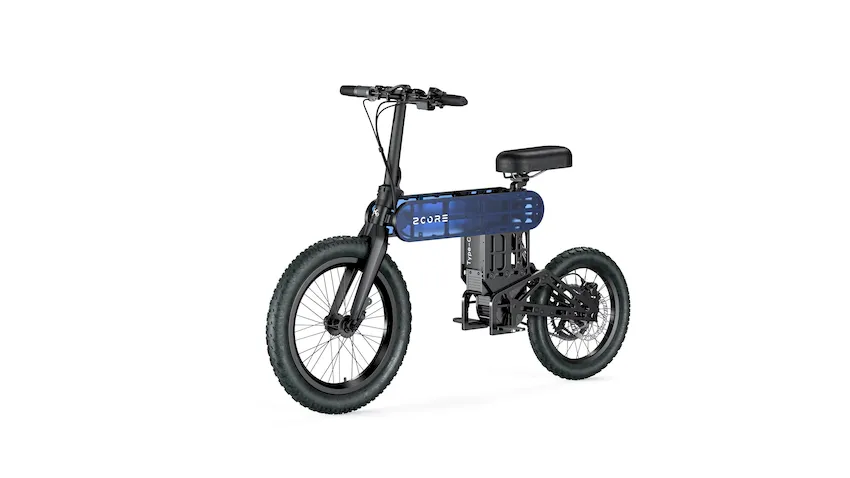
TinyCase first appeared in 2024 after about a year of development, according to its iF Design profile. While it’s still a concept, the design clearly demonstrates enormous potential — particularly for cities where space is at a premium.
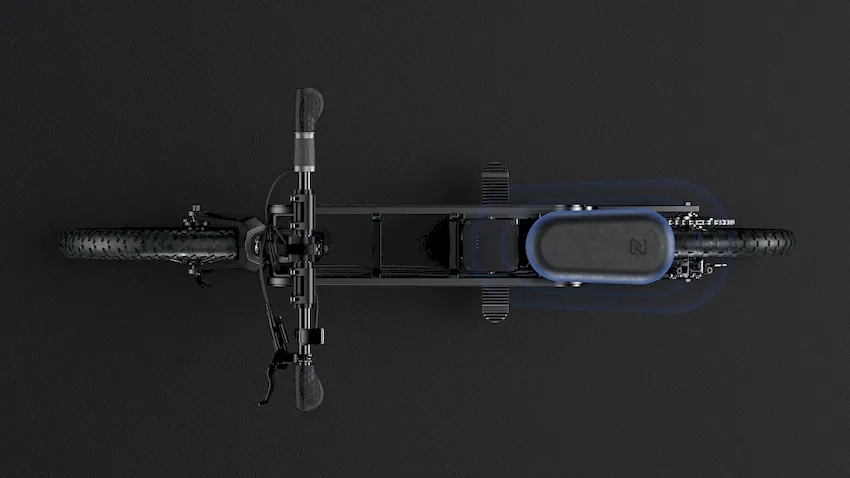
That said, there are a few design quirks worth noting. For instance, once the front wheel is removed, there’s no obvious spot to store it. Given that it’s larger than the rear wheel, it might not fit neatly alongside the folded frame. You might even have to ship it separately — not exactly ideal if you plan to take it on a plane.
Another issue: the lack of a front brake. The bike appears to rely solely on the rear disc brake and whatever engine braking the motor provides, which raises questions about safety and control.
So, does a concept like TinyCase make sense? In densely packed urban environments, absolutely. It’s the kind of creative solution that could genuinely make commuting easier and greener. But in other regions, it might feel more like an experiment than a practical vehicle.
Either way, the TinyCase proves that innovation in electric mobility isn’t slowing down — and it might not be long before we see something like it on the streets.
You may also be interested in the news:
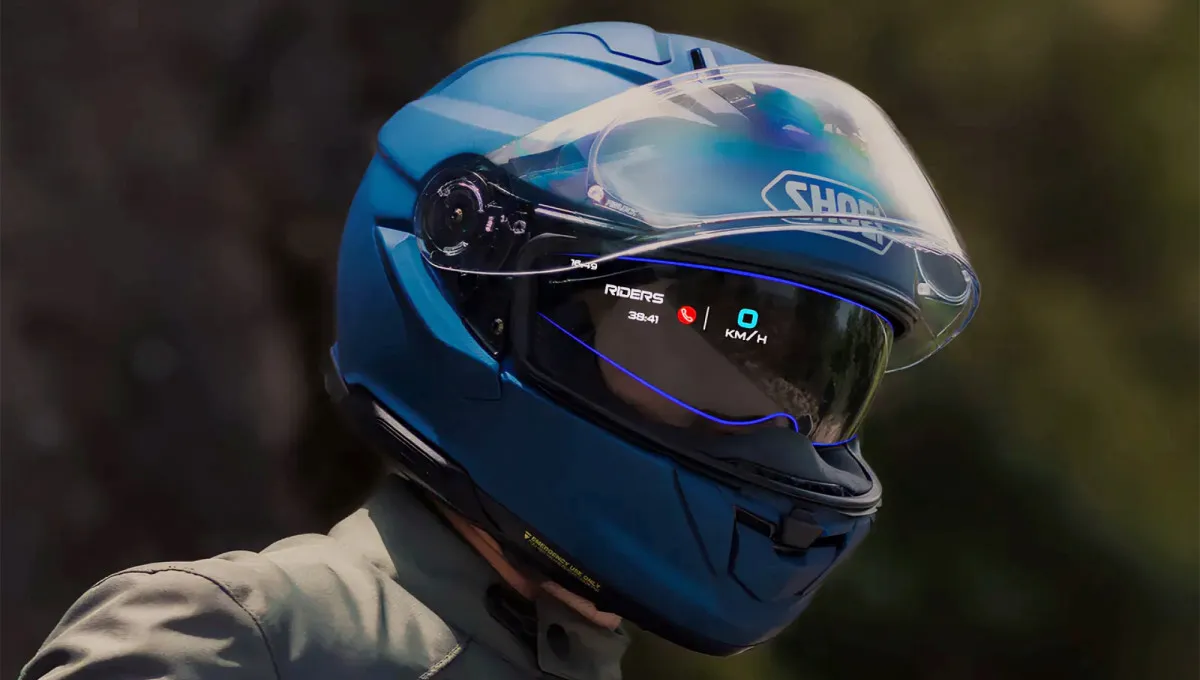
Shoei Unveils “Smart” Helmet with Augmented Reality
The GT-Air 3 Smart features a built-in AR display, enhanced connectivity, and long-lasting battery life.
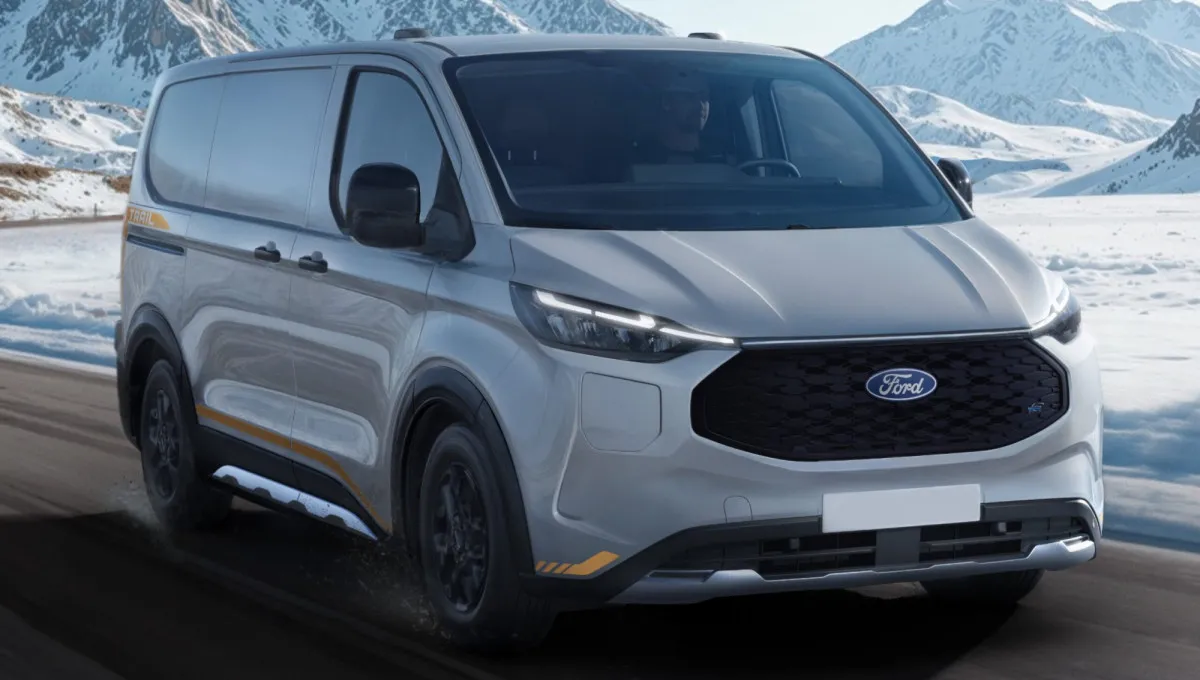
Ford E-Transit Custom and E-Tourneo Custom Get Bigger Battery and All-Wheel Drive
The vans and minibuses now feature an upgraded high-capacity battery, faster charging, and a dual-motor all-wheel-drive system.
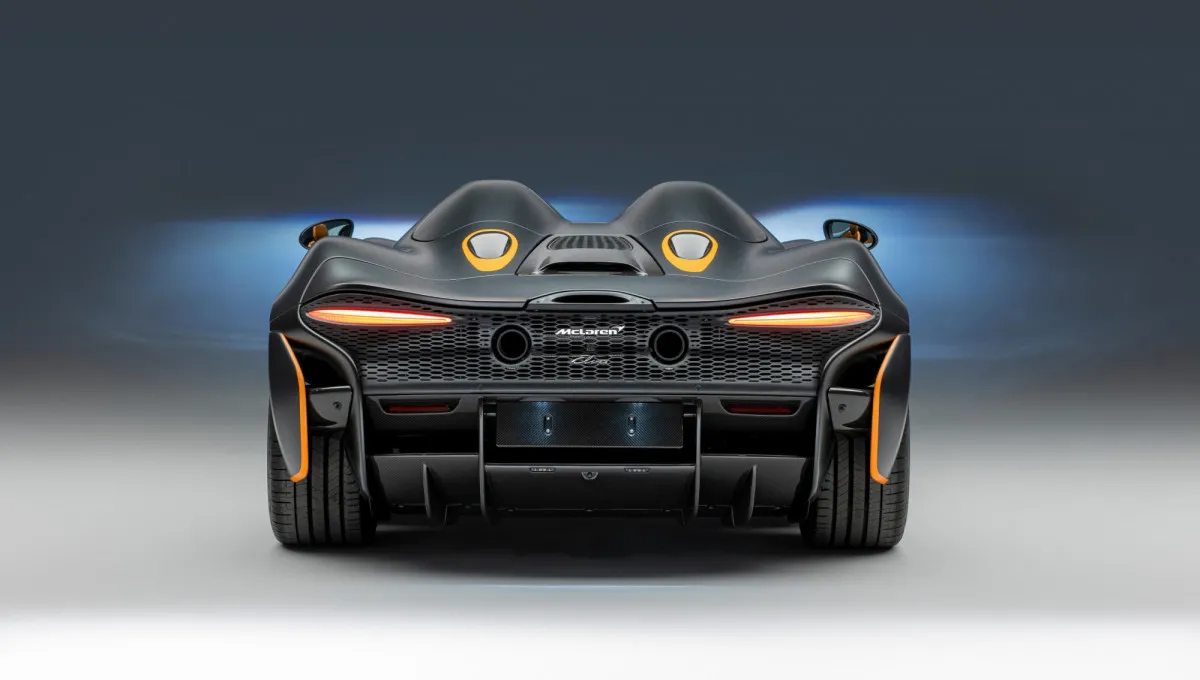
McLaren May Rein In Its Supercars: Speed Limits Could Soon Depend on Location
McLaren supercars will activate Track Mode automatically — but only on the racetrack.

Next-Gen 2027 Mercedes-Benz S-Class Spotted Testing on Public Roads
A 4.0-liter V8 is expected to make its return.
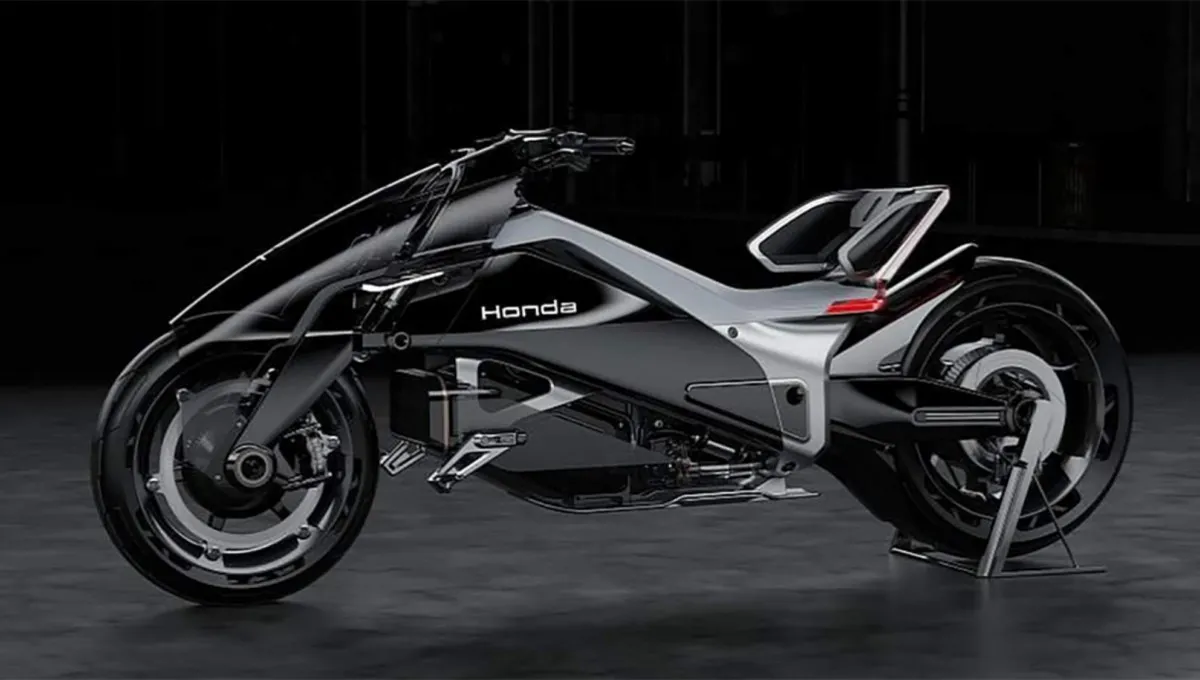
Honda Unveils the Outlier Concept — an All-Wheel-Drive Electric Motorcycle
Honda surprised crowds at the Japan Mobility Show with the Outlier, a dual-motor electric bike wrapped in a striking design.